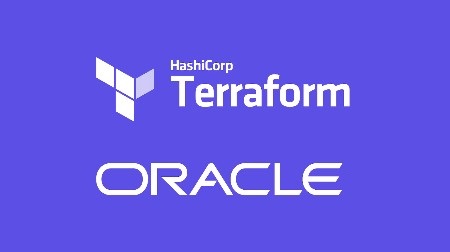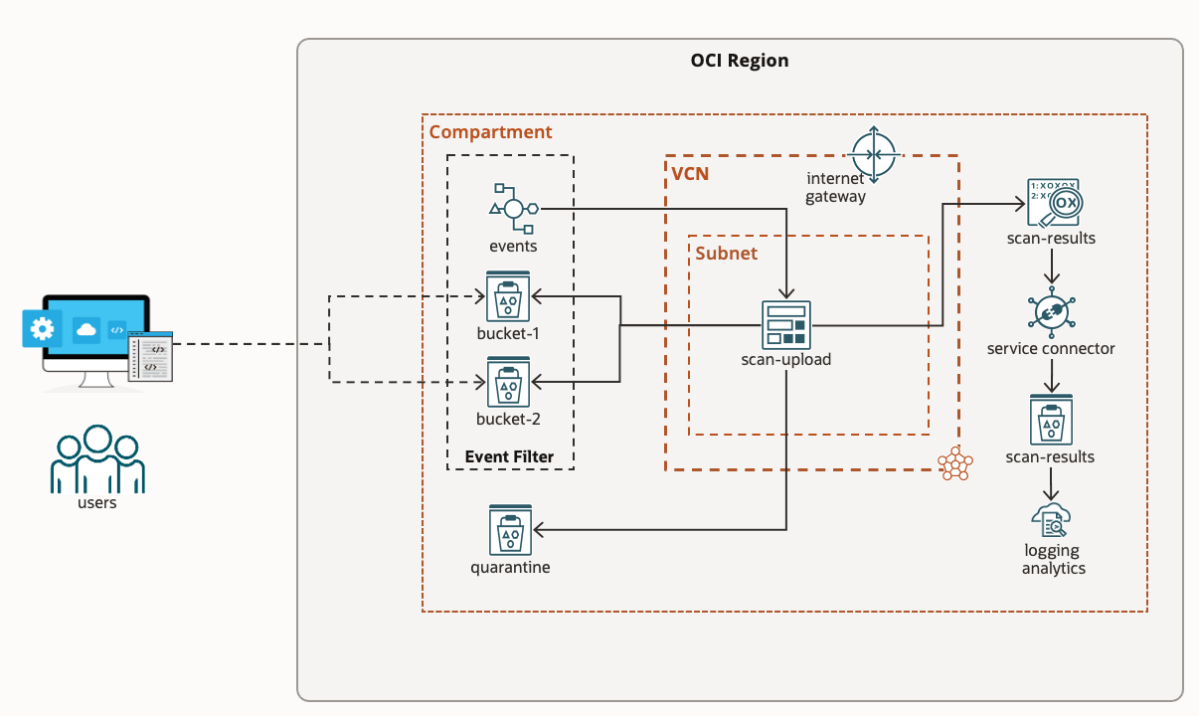This is a guest IAM blog written by OCI Security expert Paul Toal.
Oracle Cloud Infrastructure (OCI) comes with its own, enterprise-class Identity and Access Management (IAM) service, which is used to manage users and their permissions within OCI. It can also be used for managing access to resources, applications, and services outside OCI, including on-premises. If you have been using OCI for some time, you may be familiar with Identity Cloud Service (IDCS) and how it was used to layer additional IAM capabilities over the core OCI IAM service. The capabilities from IDCS have now been merged into OCI through the introduction of OCI IAM Identity Domains, meaning IDCS no longer exists as a separate service. There is a great FAQ posted to answer many common questions about this change, including why Oracle has made the change and the benefits of this change.
Oracle has recently undergone the process of automatically migrating all existing OCI customer tenancies from IDCS to identity domains. In this article, we will examine the implications of the migration and the best practices following a tenancy IAM migration.
Continue reading “Guest Blog: Five considerations for OCI IAM in IDCS-migrated tenancies”




